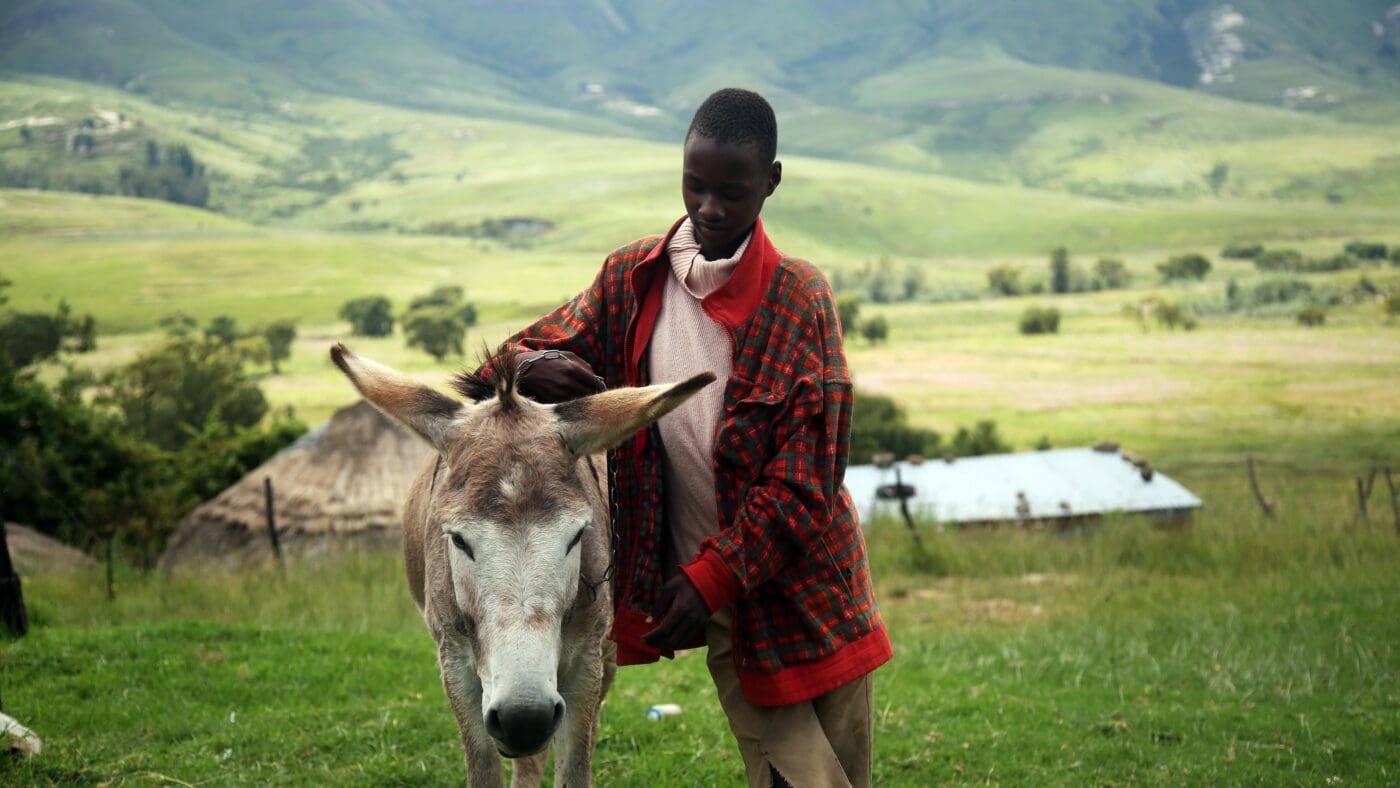
Lesotho
El Niño Drives Hunger
Lesotho is experiencing a major hunger crisis as a result of El Niño-induced drought. WFP delivers food directly to women, men, girls and boys experiencing severe hunger.
Send food to Lesotho and other countries around the world:
While more than 80% of Lesotho’s population lives in rural areas and most of the country relies on subsistence farming, many households still lack access to agricultural land. Lesotho is highly vulnerable to the impacts of the climate crisis.
of people live below the poverty line
of children under 5 are stunted
people are severely hungry
Lesotho Facts
Population: 2.2 million people.
Background: Lesotho became independent in 1966. The country is a constitutional monarchy, ruled by a king as head of state and a prime minister as head of government.
Geography & Climate: Lesotho is a small, mountainous and landlocked country, completely surrounded by South Africa. The country’s climate is temperate, though the climate crisis is making Lesotho hotter and drier.
Economy: Lesotho depends mostly on agriculture and remittances from other countries. More than three-fourths of its population depend on animal herding and subsistence agriculture, while the country produces less than 20% of its own food. Lesotho relies heavily on South Africa for much of its economic activity: It imports 85% of all goods – including food – from South Africa.

What is Causing Hunger in Lesotho?

Extreme Drought
Lesotho is highly vulnerable to the impacts of the climate crisis, with El-Nino induced droughts already devastating harvest yields and causing significant loss of livestock. The climate is predicted to become warmer and dryer, making droughts and floods more frequent and intense. With less snow on the mountains and an increase in run-off rates, soil erosion will worsen and deplete the soil of nutrients. While some climate adaptation measures are being taken, the country lacks the resources to meet these challenges head on.
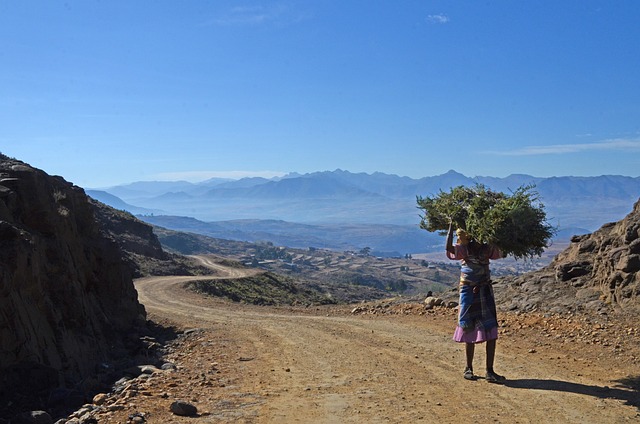
Less Than $1 A Day
More than half of Lesotho’s population live on less than $1 a day, which is categorized as extreme poverty. Low incomes and high food prices mean that 41% of rural families spend over half of their income on food. Meanwhile, land degradation and the impacts of the climate crisis are chipping away at the traditional methods of farming that have financially sustained Lesotho’s communities for generations.

Women Are Hungrier
Hunger in Lesotho exacerbates gender inequality. When women in Lesotho face hunger, they often travel long distances to find work. As a result, they are more susceptible to sexual abuse and sexual exploitation. Nearly a quarter of the population is infected with HIV, with women being disproportionately affected due to gender-based violence. Women and children across the country need the most help.
Recent History
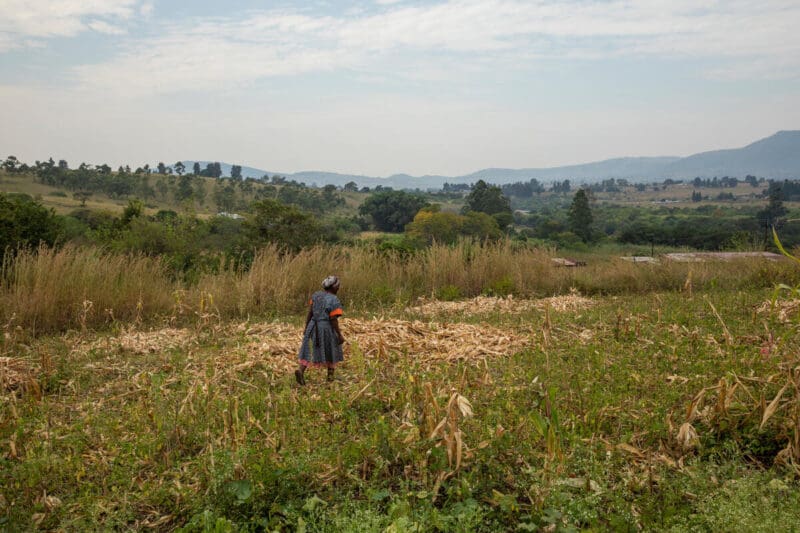
1986-1998
Political Transitions
After gaining independence in 1966, Lesotho experienced political instability, including several coups, that ended with King Letsie III being sworn in. However, instability and unrest continued. By 1998, a new political agreement was put in place that set up the structure for elections to be held in 2000.

2001-2007
Unprecedented Drought
In 2004, after three years of drought, a state of emergency was declared and the prime minister appealed to the international community for aid. Then, in 2007, a state of emergency was declared again as Lesotho experienced an even more severe drought, the worst in 30 years.

2012-2020
Multiple Transitions of Power
Between 2012 through 2020, Lesotho experienced general political unrest and strikes. Teachers, doctors, nurses, factory workers, police officers among others went on strike for better pay and working conditions.
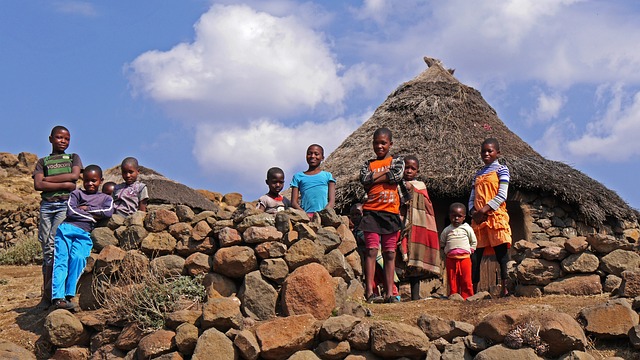
2020
Drought Returns
In 2020, the United Nations declared that tens of thousands across the country were ‘one step from famine,’ and that more than 500,000 people – a quarter of the population – faced severe hunger due to droughts that caused crop failures across rural areas.




WFP’s Work in Lesotho
We’ve been in Lesotho since 1962, delivering food directly to the hungriest people. Even as climate shocks and extreme poverty increasingly devastate communities, we continue to hold fast in our mission to save lives.

We deliver food and cash assistance and work to strengthen the technical capacity of the government – specifically the government’s early warning systems and food and nutrition security monitoring.


We work with the government and other partners to provide nutritious food. We coordinate across sectors to put equitable food policies and programs – including our school meals program – into action.

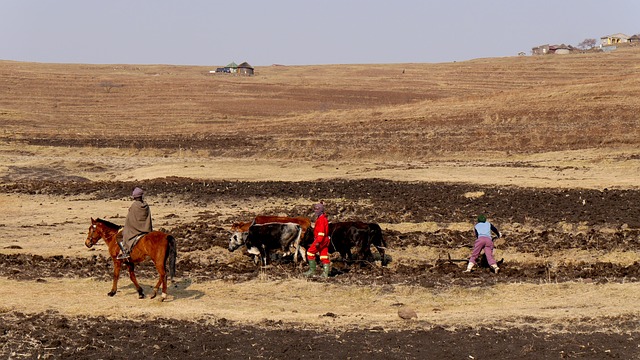
We help communities affected by the climate crisis. For small-scale farmers, we provide agricultural trainings, tools, cash assistance and other resources to ensure they can grow enough food to feed their families.

You Can Help Save Lives
When you donate, you help us deliver critical food relief to the most vulnerable people in Lesotho and other countries around the world. You can make difference in someone’s life – send food today.